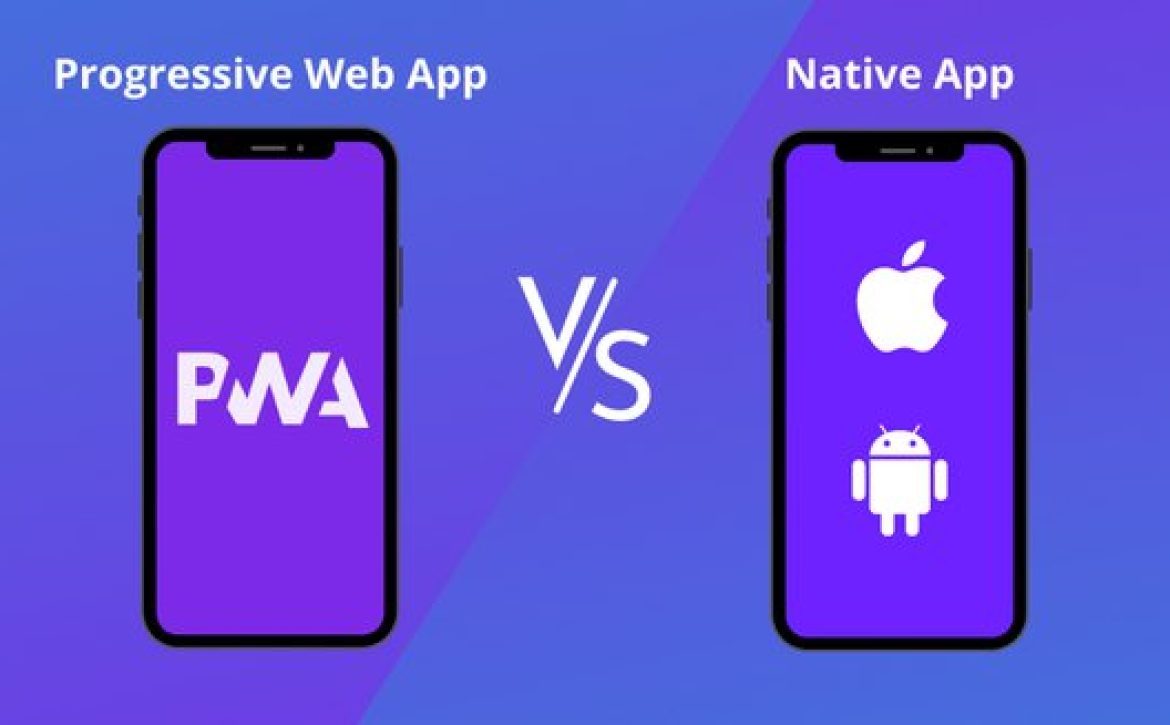The Pioneering Role of Progressive Web Applications in Replacing Native Mobile Applications
Introduction: In the ever-changing technological world, the introduction of Progressive Web Applications (PWAs) has prompted a paradigm shift in the way we interact with the digital realm. With the growing popularity of mobile devices, organizations and developers are looking for innovative ways to improve user engagement and create seamless experiences. Progressive Web Applications are gradually replacing native mobile applications as one significant trend. This essay digs into the game-changing role that PWAs are playing in redefining the mobile app ecosystem.
Understanding Progressive Web Applications (PWAs):
Progressive Web Applications are a hybrid of traditional web pages and mobile applications. They leverage modern web capabilities to deliver app-like experiences across various devices. Unlike native mobile apps, PWAs don’t require installation through an app store, offering users the convenience of instant access via web browsers.
Overcoming the Limitations of Native Apps:
a. Installation and Updates: Native apps often involve a cumbersome installation process and regular updates that users may find inconvenient. PWAs eliminate these hurdles by providing a seamless experience through a simple URL access, avoiding the need for installations and updates.
b. Cross-platform Compatibility: PWAs are designed to function smoothly across different platforms and devices, eradicating the need for developers to create separate versions for iOS and Android. This cross-platform compatibility simplifies development, reduces costs, and ensures a consistent user experience.
Improved Performance and Speed:
PWAs are known for their exceptional speed and performance. By leveraging service workers, PWAs can cache data and operate offline, ensuring a consistent experience even in low or no-network conditions. This enhanced speed and offline functionality contribute to a more reliable and user-friendly application.
Enhanced User Engagement:
a. Push Notifications: PWAs support push notifications, a feature traditionally associated with native apps. This enables businesses to re-engage users, providing updates, promotions, and important information, thereby increasing user retention and engagement.
b. App-like Interactions: PWAs offer a fluid and app-like interaction experience, including smooth transitions, gestures, and animations. This contributes to a more immersive user experience, blurring the lines between web and app functionalities.
SEO Optimization:
PWAs are inherently SEO-friendly, as they can be indexed by search engines just like traditional websites. This accessibility enhances visibility and discoverability, providing businesses with a competitive edge. Additionally, the responsive design of PWAs ensures a consistent user experience across devices, positively impacting search engine rankings.
Cost-effectiveness and Accessibility:
Developing and maintaining native mobile apps for different platforms can be resource-intensive. PWAs streamline this process, reducing development costs and efforts. Furthermore, the accessibility of PWAs through a web browser eliminates the need for app store approvals, enabling businesses to reach their audience more quickly.
Conclusion:
The role of Progressive Web Applications in replacing native mobile applications is not just a technological evolution but a strategic shift toward more efficient, user-friendly, and cost-effective solutions. PWAs are redefining the mobile app landscape by offering the best of both worlds – the seamless accessibility of the web and the immersive experience of native apps. As businesses continue to prioritize user experience and cost-efficiency, PWAs are poised to become the cornerstone of the future mobile application ecosystem.
What distinguishes Progressive Web Applications (PWAs) from native mobile applications?
PWAs combine the features of traditional web pages and mobile apps, offering a seamless experience without the need for installation through app stores. Unlike native apps, PWAs are accessed instantly through web browsers and provide cross-platform compatibility.
How do Progressive Web Applications overcome the limitations of native mobile apps, such as installation and updates?
PWAs eliminate the need for complex installations and regular updates by allowing users to access them via a simple URL. This approach enhances user convenience and avoids the challenges associated with traditional native app installations.
What advantages do Progressive Web Applications offer in terms of performance and speed?
PWAs leverage service workers to cache data, enabling offline functionality and ensuring consistent performance, even in low or no-network conditions. This contributes to faster loading times and an overall improved user experience.
How do PWAs contribute to enhanced user engagement compared to native mobile apps?
PWAs support push notifications, enabling businesses to re-engage users with updates and promotions. Additionally, the app-like interactions, including smooth transitions and gestures, create a more immersive user experience, leading to increased user retention.
In what ways are Progressive Web Applications SEO-optimized, and how does this impact their discoverability?
PWAs are SEO-friendly, as they can be indexed by search engines just like traditional websites. This improves their visibility and discoverability, providing businesses with a competitive advantage. The responsive design of PWAs also ensures a consistent user experience across devices, positively influencing search engine rankings.

